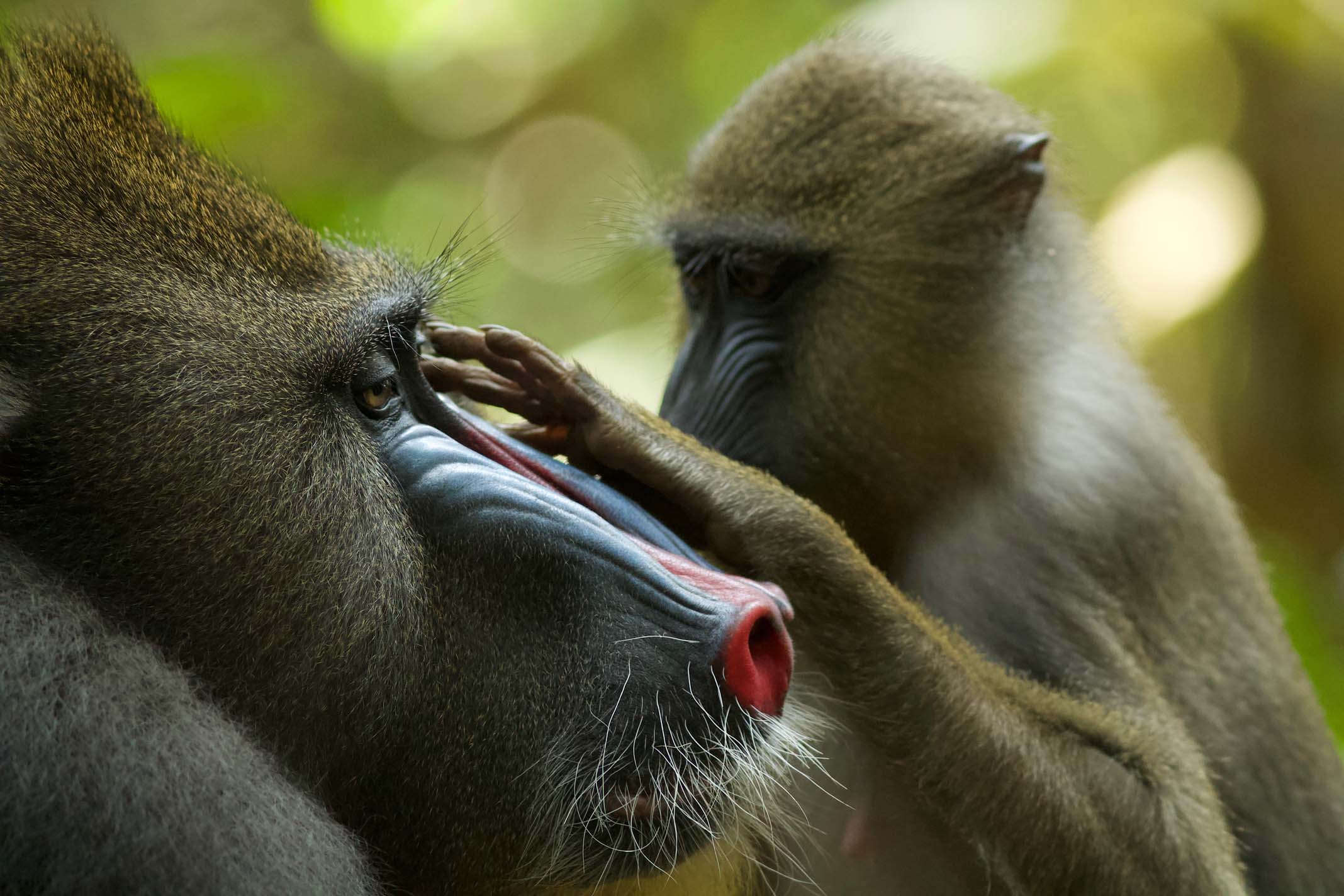The Mandrillus project (www.projetmandrillus.com) was born in January 2012 to study the socio-ecology of the world's only habituated population of wild mandrills (Mandrillus sphinx) roaming a mosaic of savannahs and equatorial forests in southern Gabon (Parc de la Lékédi). Since 2012, researchers, students and field assistants have been collecting invaluable daily data on the lives and ecology of the mandrills through long-term, individual-centered monitoring of behavior, demographics, group movements and environmental data. In addition, daily sampling of non-invasive biological samples is used to monitor individual health and physiology, and to establish genealogical data through genetic paternity analyses. By 2023, we individually recognize all members of the group (~350 individuals of all ages and both sexes accustomed to continuous human presence) and have collected unique information on the life-history traits of over 350 individuals, including a unique database of face photos, a complete population pedigree and detailed individual-centered data.
The evolution of sociality is at the heart of our research, and as part of the Mandrillus project, we are developing innovative studies in behavioral ecology, with major advances on kin selection (for example, we demonstrated for the first time that primates can recognize their unknown kin based on voice alone: Levréro et al. 2015 Nat Comm), or on the relationships between parasitism and sociality (for example, we showed that mandrills avoid contagious group mates using olfactory cues: Poirotte et al. 2017 Sci Adv). The use of recent technologies and analytical tools is a major strength of the project to answer our research questions. We have, for example, recently used artificial intelligence techniques based on deep neural network training to study thousands of mandrill portraits and show the existence of natural selection for increased facial resemblance between paternal family members (Charpentier et al. 2020 Sci Adv). We also regularly use various techniques in chemistry, acoustics, biology, ecophysiology and genetics".



